
Ah, the souls-like. When FromSoftware released Demon’s Souls back in 2009, the brutally difficult action RPG redefined combat possibilities in games. Earlier, third-person melee combat was mostly a button-mashing affair, with attacks mapped to the face buttons. FromSoftware’s Souls franchise completely turned things around with what, in retrospect seems like a very simple innovation: mapping attack, block, and counter buttons to the triggers and bumpers.
The triggers and bumpers lent a sense of heft to combat attacks: winding up a heavy attack with a full pull of the right trigger, or parrying with the left was deeply satisfying. By combining tactical combat with a punishing difficulty curve and a unique, risk-reward based respawn system, the Souls franchise was a breath of fresh air for the entire third-person action genre.
Unsurprisingly, a huge number of “souls-like” titles have cropped up on a range of platforms–Pascal’s Wager on iOS shows that format (kind of) works even on smartphones. However, for better or for worse, the best Souls-likes have been, well, FromSoftware’s own Souls games and their companions, Bloodborne and Sekiro: Shadows Die Twice. Many would-be imitators, like Lords of the Fallen managed the basics, but were off in terms of polish and baslance.
This is where Team Ninja–the developers behind the acclaimed Ninja Gaiden series–came into the picture. The original Nioh was arguably the first Souls-like that more or less stood shoulder to shoulder with its inspiration. With a lighter story and stylized art design, Team Ninja broke new ground in the genre. It was also technically accomplished, scaling well across PS4 and PC. It’s successor, Nioh 2 (which is actually a prequel), takes things a few notches further. In this piece, we’ll be taking a look at Nioh 2 from a technical perspective. As a late eighth-gen title, how well does it hold up? How far of an improvement are visuals, image quality, and performance the original? Let’s find out.
Performance and resolution scaling modes on base PS4 and PS4 Pro:
The standard practice this generation has been for developers to pick a single resolution or framerate target, build the game around it, then implement dynamic resolution scaling. 2016’s Doom is a great example of this in practice: by switching resolution on the fly, a more or less consistent level of performance is maintained without sacrificing image quality too much. However, with Nioh 2, Team Ninja’s taken a different approach.
Before we proceed ahead we wanted to make a note. On the console front, we analyzed the game’s performance by taking some sample scenes from the game and running it through trdrop, an open source software. Note that this tool gives us a mere demonstration of the game’s performance, because an exact 1:1 representation of performance can only be provided by the developers themselves since they have access to vast of array of tools and profilers. Also note that this analysis only considers the campaign mode.
Like with the original game, Nioh 2 features a number of different rendering modes, available on both the base PS4 and PS4 Pro. The default Action mode targets a locked 60 FPS-which it mostly achieves. This is done by using aggressive dynamic resolution scaling, with most of the game running at 720p on the base PS4 and 1080p on the PS4 Pro, as well as by cutting down on certain effects. For example, dynamic shadows are rendered in at a much shorter range, and shadow resolution is compromised as well. The movie mode delivers a locked 1080p on the base PS4 and a checkerboarded 4K presentation on the PS4 Pro. Missing graphical features are added back in. However, the performance target is lowered to 30 FPS.
While we love the image quality here, the greater input latency means that Action mode is just better to play. As a compromise, Team Ninja incorporated a third mode: movie mode with variable frame rate. This mode delivers movie mode’s image quality, but unlocks the framerate. It’s hit-and-miss, though, as typical framerates hover in the 30-50 FPS range, which can actually make for a worse experience than just locking at 30 FPS.
Engine: Refinements to the original
The original Nioh had a draw-out development cycle dating all the way back to 2004 (when it was envisioned as a conventional JRPG). When Team Ninja took the lead, early builds of the game were built on the Ninja Gaiden engine. This approach, too, was scrapped as producers felt the game leaned too heavily on Team Ninja’s earlier franchise. An in-house engine was built from scratch to power Nioh. Nioh 2 leverages the same basic technology with the same objective: deliver a consistent, low-latency 60 FPS experience across platforms.
Nioh 2’s engine uses deferred rendering, which, in theory, should allow for a large number of dynamic light sources can appear onscreen at a time, with a minimal hit to performance. In practice, though, dynamic lighting, especially from particle effects during combat, is quite limited, most likely for performance reasons. The engine does not use a physically-based workflow for texture design. This is a bit of an omission in 2020. It means that texture work on surfaces like armor relies heavily on specular mapping to “pop.” It also means that surfaces like wood take on a distinctly last-gen appearance, albeit while resolving greater detail.
Character rendering
Nioh 2’s somewhat stylized art design is more forgiving on lower-fidelity assets. Thankfully, though, Team Ninja’s expended a considerable amount of the polygon budget per scene on high-quality character modeling, both on the player character and NPCs. Unlike the first game, you get to create your own character in Nioh 2.
The player model and armor have polygon counts in the mid-five figures. This is nothing particularly impressive by current-gen standards. However, it allows for a reasonable level of geometric detail: neither the player character nor NPCs are blocky, and individual sections in, for instance, plate armor, render as real geometry.
Lighting and Particles
Nioh 2’s lighting model is built around maximizing performance without compromising on an appeal, stylized look. While using a deferred renderer, the game renders in relatively few dynamic light sources at a given point of time. Particle effects don’t actually affect the environment around them.
There is a silver lining, though: console titles that aim for a more dynamic look to their particle effects tend to render lit particle volumes at a lower resolution. In these cases, particle effects cast light, but are themselves rendered sub-native. Nioh 2 doesn’t compromise on particle rendering resolution: while the effects themselves look flat, they present well, especially in the native 1080p rendering mode.
Conclusion:
At the end of the day, Nioh 2 is about giving choice to player. With three different graphical modes, it will ultimately boil to the player on which mode they prefer to play the game on. Nioh 2 is not a graphically stunning game but it delivers a brutally hard gameplay experience along with graphical options that are simply absent on most console games these days. And for that reason alone, it deserves a lot of praise.








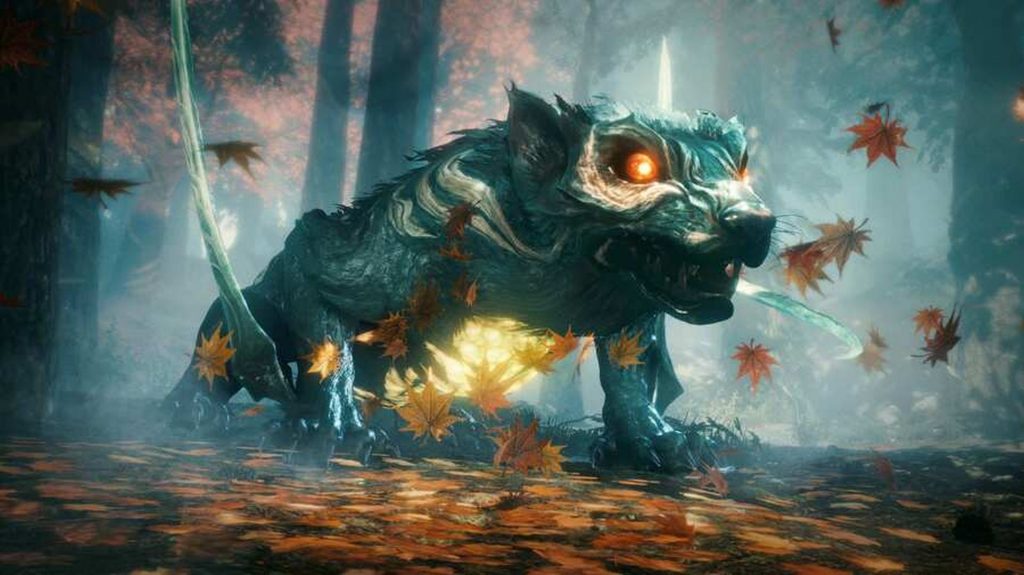
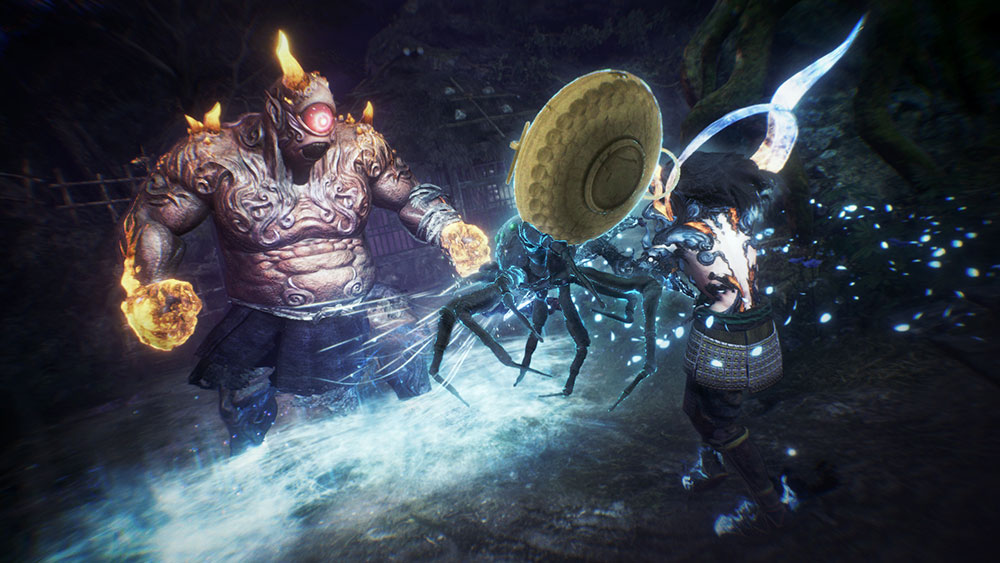
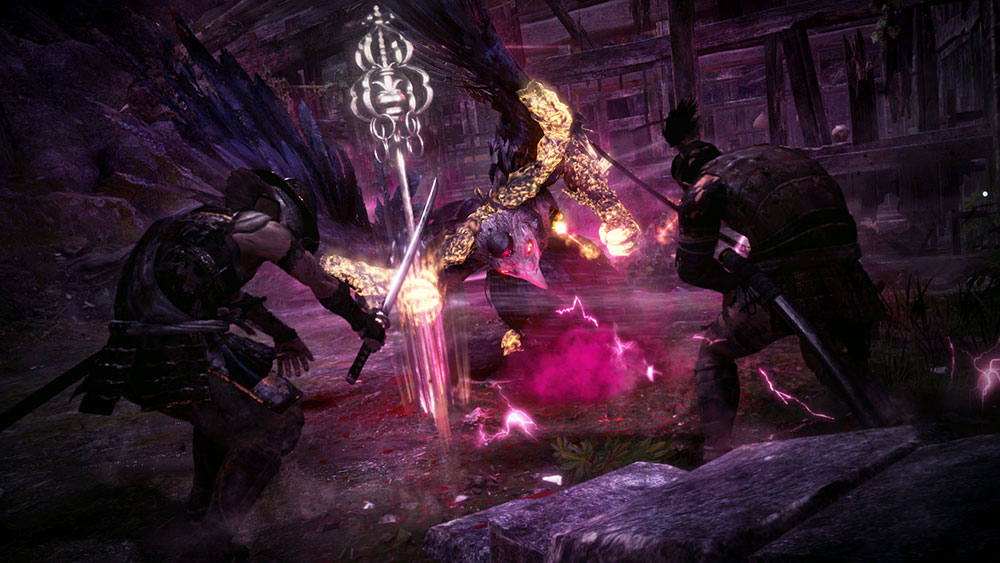
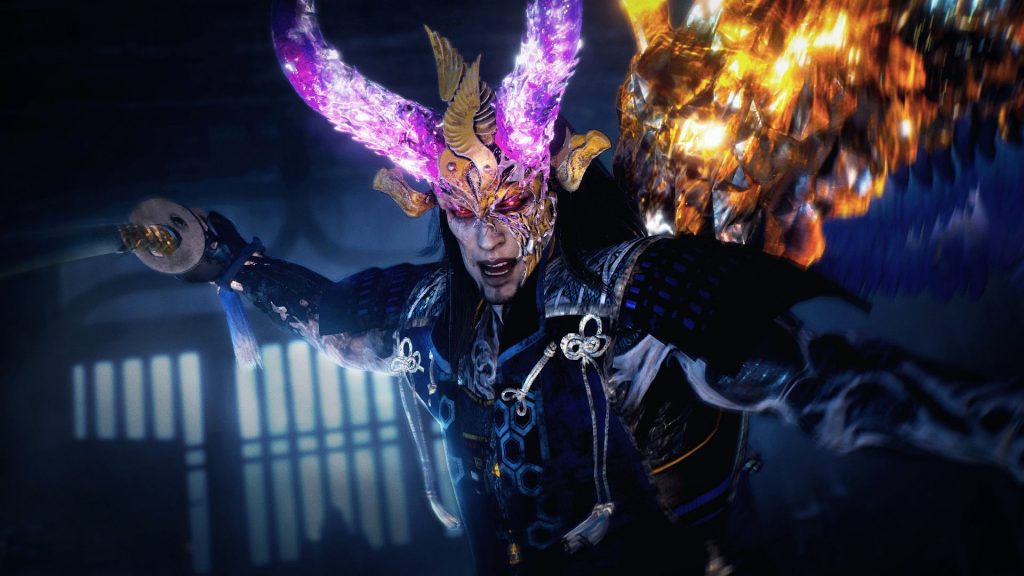

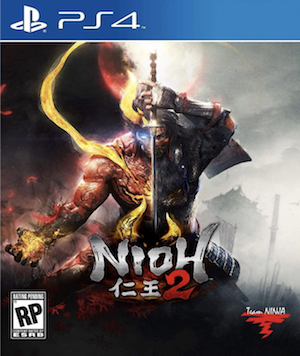


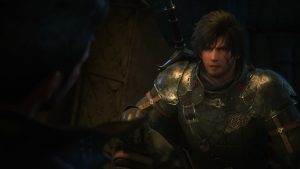
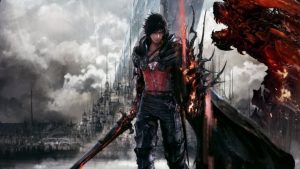


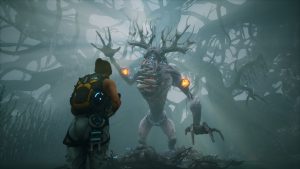
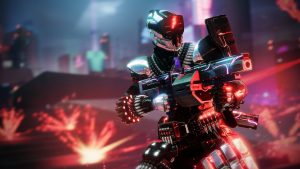
Share Your Thoughts Below (Always follow our comments policy!)